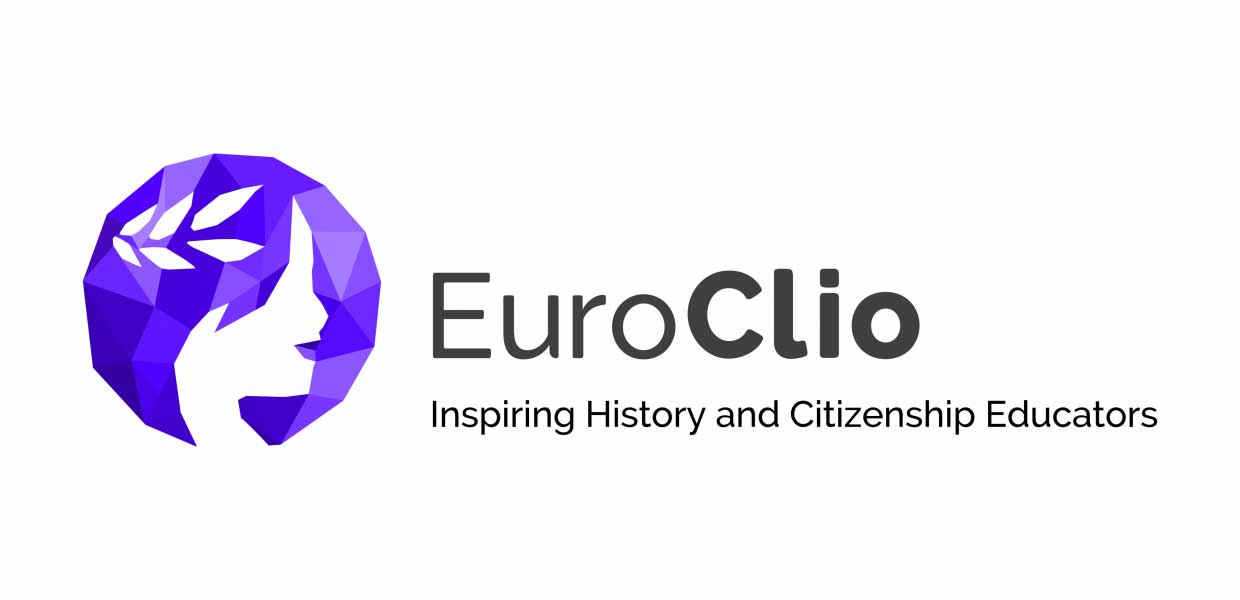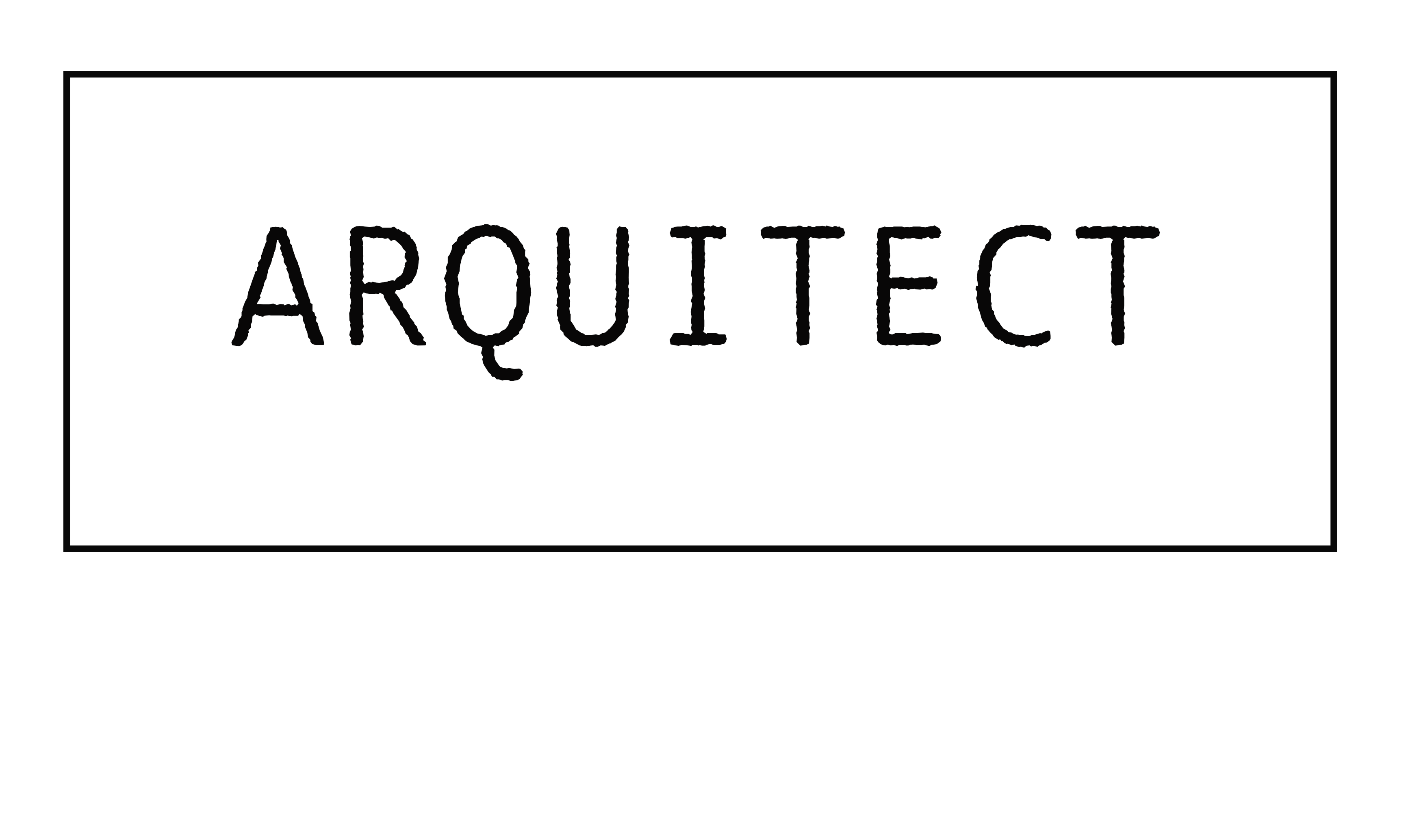2. Slave Market Museum
Mapping Coordinates: 37° 05'57'' N, 9°40'11'' W
Location: Lagos, Portugal
Status: Contested
Lagos’s Slave Market Museum (Museu dos Escravos) is the only monument in the country which recognises Portugal’s entanglement with the slave trade. The museum is devoted to the historical period in which enslaved people were sold in Lagos. Yet following the opening of the museum in 2016, it has been repetedly contested on account of its failure to engage with the perspectives of Afrodescents living in Portugal today.
Purportedly constructed on the site where enslaved people were first sold in Lagos in 1444 (though the exact locus of these events remains debated), the museum was erected as a response to the excavation of a mass grave of enslaved people of African origin in the area known as Vale da Gafaria, just 550m from the current site of the museum.
From the archives
Slave trade and annual income of a royal tax collector in fifteenth-century Lagos
We ordered a review of all the income and expenditure of Joam Gonçalvez Batevia, our tax collector in our fiscal district of Lagos, from 1490 to the present; and it resulted that overall 9,924,874 réis was recorded as income, namely: 1,394,460 réis in 1490 from the fiscal district and tuna fishing; 851,752 réis in 1493 from the fiscal district and tuna fishing; 1,002,589 réis in 1494; 1,273,707 réis in 1495 from the fiscal district and tuna fishing; 1,832,376 réis from the fiscal district and tuna fishing; and 3,570,030 réis from the sale of 739 pieces of slaves that he received.
(Letter of release from King Manuel I to João Gonçalves Batevia, royal tax collector in Lagos, 8 March 1498, in Lisbon, Arquivo Nacional da Torre do Tombo, Chancellaria de D. Manuel, liv. 31, fl. 97v)
We ordered a review of all the income and expenditure of Joam Gonçalvez Batevia, our tax collector in our fiscal district of Lagos, from 1490 to the present; and it resulted that overall 9,924,874 réis was recorded as income, namely: 1,394,460 réis in 1490 from the fiscal district and tuna fishing; 851,752 réis in 1493 from the fiscal district and tuna fishing; 1,002,589 réis in 1494; 1,273,707 réis in 1495 from the fiscal district and tuna fishing; 1,832,376 réis from the fiscal district and tuna fishing; and 3,570,030 réis from the sale of 739 pieces of slaves that he received.
(Letter of release from King Manuel I to João Gonçalves Batevia, royal tax collector in Lagos, 8 March 1498, in Lisbon, Arquivo Nacional da Torre do Tombo, Chancellaria de D. Manuel, liv. 31, fl. 97v)
Original
Mandámos ora tomar conta a Joam Gonçalvez Batevia, nosso almoxarife de nosso almoxarifado de Lagos, de todo o que recebeo e despendeo os annos passados de 490 até ora; sobre o qual se mostrou carregarem em receita ao todo 9:924:874 reaes per esta guisa, a saber: 1:394:420 rs. o anno de 490 da renda do almoxarifado e almadravas; e 851:752 do anno de 93 do almoxarifado e almadravas; e 1:002:589 do anno de 94; e 1:273:707 rs. do anno de 95 do almoxarifado e almadravas; e 1:832:376 rs. o anno de 496 do almoxarifado e almadravas; e os 3:570:030 rs. per venda de 739 peças de escravos que recebeo.
Mandámos ora tomar conta a Joam Gonçalvez Batevia, nosso almoxarife de nosso almoxarifado de Lagos, de todo o que recebeo e despendeo os annos passados de 490 até ora; sobre o qual se mostrou carregarem em receita ao todo 9:924:874 reaes per esta guisa, a saber: 1:394:420 rs. o anno de 490 da renda do almoxarifado e almadravas; e 851:752 do anno de 93 do almoxarifado e almadravas; e 1:002:589 do anno de 94; e 1:273:707 rs. do anno de 95 do almoxarifado e almadravas; e 1:832:376 rs. o anno de 496 do almoxarifado e almadravas; e os 3:570:030 rs. per venda de 739 peças de escravos que recebeo.



